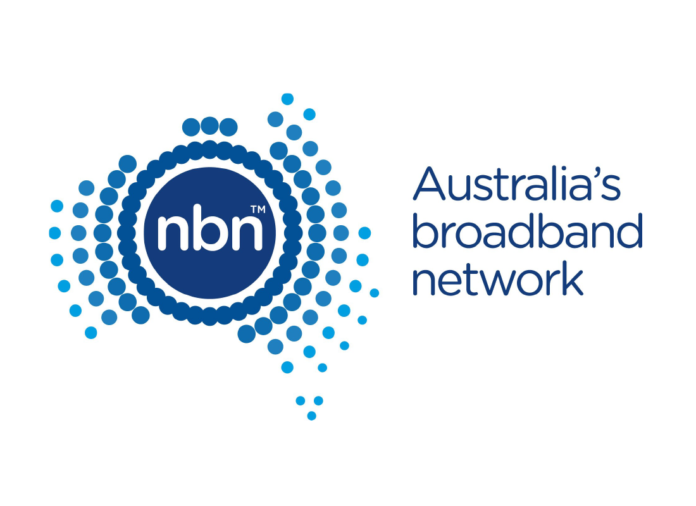The Australian Competition and Consumer Commission has released a quarterly Measuring Broadband Australia report for a few years now, and it’s been a good barometer of the National Broadband Network’s performance and customer satisfaction.
This quarter’s report is a little different to all those that came before, though – it includes NBN’s Fixed Wireless product and the results are pretty disappointing.
For those stuck on NBN Fixed Wireless, only 78.5% received the advertised download speed on average, which drops 10% to 68% during peak hours. Uploads are significantly worse, with an average of 58% of customers receiving their plan upload speeds, and that drops to 52% during peak.
What does this mean in real terms? NBN Fixed Wireless Plus promises speeds of 25-50mbps down and 5-20mbps up, but in peak times, most users are experiencing around 30mbps down at most, and just 6mbps up. For those who remember ADSL2 speeds, these are barely better.
The only good news for Fixed Wireless customers is that outages are relatively uncommon and brief, but that’s cold comfort when the connection is so slow when it’s actually working.
For those on fixed-line connections, the performance is significantly better. TPG continues as the fastest fixed-line NBN provider with 99.5% of measured connections achieving full plan speeds. Optus is just behind at 99.4% and Telstra at 98.2%. Those three providers are the fastest for peak times, too.
Providers which 12 months ago promised the fastest evening speeds are no longer at the top – Superloop and Aussie Broadband are sitting around 95 and 96% of promised plan speeds, whereas previously, with a typical evening speed of 90mbps, Superloop was leading the charge. My how things change.
For this writer, though, I get 100% (or more) of my plan speeds pretty much 24/7 with Launtel, but they’re not included in the report (only the major ISPs are). You can get a great experience by shopping around, so it’s always worthwhile checking for the best real-world experience.




